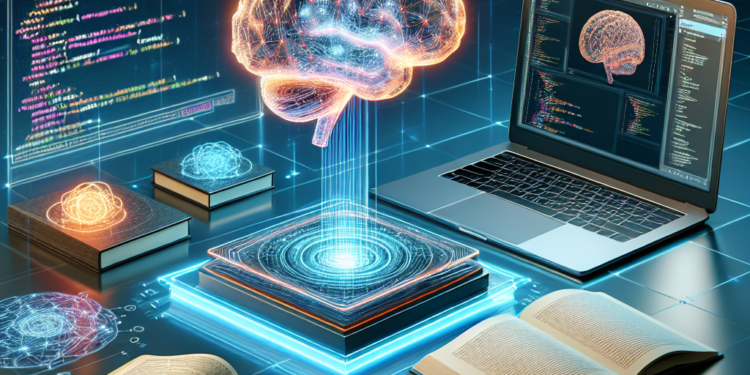Artificial Intelligence (AI) is a rapidly growing field that has the potential to revolutionize industries across the board. From healthcare to finance to transportation, AI is being utilized to improve efficiency and streamline processes. However, for those who are new to AI, getting started can be a daunting task. In this beginner’s tutorial, we will walk you through the basics of AI and provide you with the tools and resources you need to start learning and experimenting with this exciting technology.
What is AI?
AI is a branch of computer science that focuses on creating intelligent machines that can perform tasks that typically require human intelligence. These tasks include things like visual perception, speech recognition, decision-making, and language translation. AI systems are designed to learn from data, recognize patterns, and make decisions based on that data – much like how the human brain works.
There are two main types of AI: narrow AI and general AI. Narrow AI, also known as weak AI, is designed to perform specific tasks, such as image recognition or voice commands. General AI, on the other hand, is a form of AI that can perform any intellectual task that a human can do.
Getting Started with AI
Now that you have a basic understanding of what AI is, it’s time to start learning how to use it. Here are a few steps to help you get started with AI:
1.Start with the basics
Before diving into more advanced topics, it’s important to understand the fundamentals of AI. Take the time to learn about machine learning, neural networks, and deep learning. These are the building blocks of AI, and having a solid foundation in these areas will help you as you progress in your AI journey.
There are plenty of resources available online to help you learn about AI. Websites like Coursera, Udemy, and Khan Academy offer courses in AI that cover everything from the basics to more advanced topics. You can also check out online forums and communities like Stack Overflow and Reddit, where you can ask questions and get help from experts in the field.
2.Choose a programming language
One of the most important skills you’ll need to learn as you delve into AI is programming. Python is widely considered the best programming language for AI due to its simplicity and readability. It also has a large number of libraries and frameworks that are specifically designed for AI, such as TensorFlow, Keras, and PyTorch.
If you’re new to programming, there are plenty of resources available to help you get started. Websites like Codecademy and Khan Academy offer free courses in Python that cover the basics of programming. You can also check out books like “Python for Data Science For Dummies” or “Automate the Boring Stuff with Python” to help you learn Python for AI.
3.Learn how to use AI libraries and frameworks
As mentioned earlier, there are a number of libraries and frameworks available for AI that can help you build and train AI models. TensorFlow is one of the most popular AI libraries, developed by Google, that is used for tasks like image recognition and natural language processing. Keras is a high-level neural networks API that is built on top of TensorFlow and is great for beginners who are just starting to learn about AI.
PyTorch is another popular AI library that is developed by Facebook. It is known for its flexibility and scalability, making it a great choice for researchers and developers who are looking to build complex AI models. These libraries and frameworks come with a wide range of tutorials and documentation that can help you get started with AI.
4.Start building AI projects
Once you have a solid understanding of the basics of AI and have learned how to use AI libraries and frameworks, it’s time to start building your own AI projects. This is where you can put your skills to the test and start applying what you’ve learned in a real-world scenario.
There are endless possibilities for AI projects, from creating a chatbot that can answer customer queries to building a recommendation system that can suggest products based on a user’s browsing history. The key is to start small and gradually work your way up to more advanced projects as you gain more experience.
5.Stay updated on the latest trends
AI is a rapidly evolving field, with new breakthroughs and developments happening all the time. It’s important to stay updated on the latest trends and advancements in AI so that you can continue to grow and improve as a practitioner.
There are a number of ways to stay informed about the latest trends in AI. Websites like TechCrunch and Wired often publish articles about the latest developments in AI, while conferences like the AI Summit and the Neural Information Processing Systems (NIPS) conference bring together experts from around the world to discuss the latest trends in AI.
Conclusion
Getting started with AI can be a challenging but rewarding experience. By taking the time to learn the basics, choosing the right programming language, and building AI projects, you can start your journey into the exciting world of AI. Remember to stay updated on the latest trends and advancements in AI so that you can continue to grow and improve as a practitioner. The possibilities with AI are endless, and with the right tools and resources, you can start your AI journey today.













